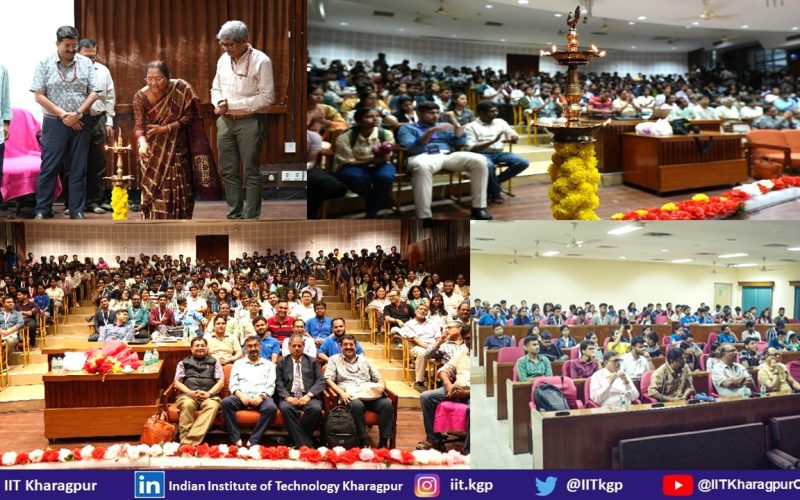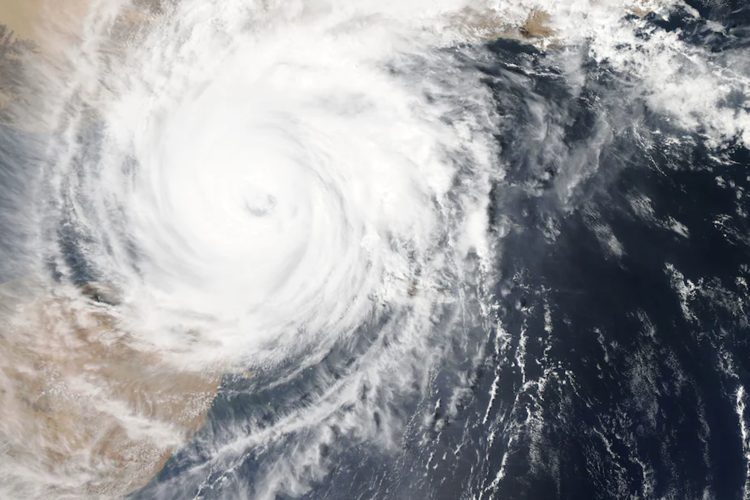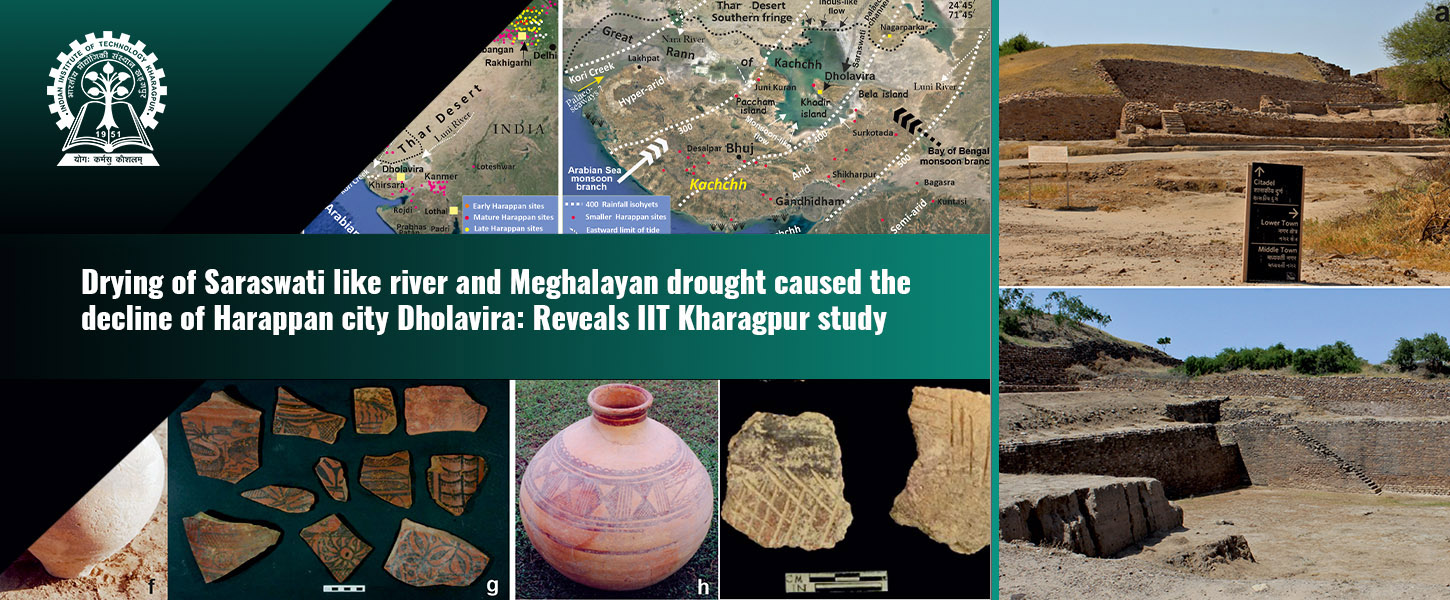
Where the Earth Meets the Minds – Prithvi 2025
From March 21st to 23rd, 2025, the Department of Geology and Geophysics at IIT Kharagpur hosted the highly anticipated annual departmental fest, Prithvi 2025. This three-day event brought together over 250 students from across India for a rich blend of competitions, technical sessions, and networking opportunities, all centered around the fascinating world of geosciences. The fest kicked off with an inaugural ceremony attended by a distinguished group of dignitaries, including Prof. Rintu Banerjee, Deputy Director, IIT Kharagpur; Prof. Krishna Kumar, Dean, Faculty of Science, IIT Kharagpur and Prof. Shashi Prakash Sharma, HOD, Department of Geology and Geophysics, IIT Kharagpur. Special…



